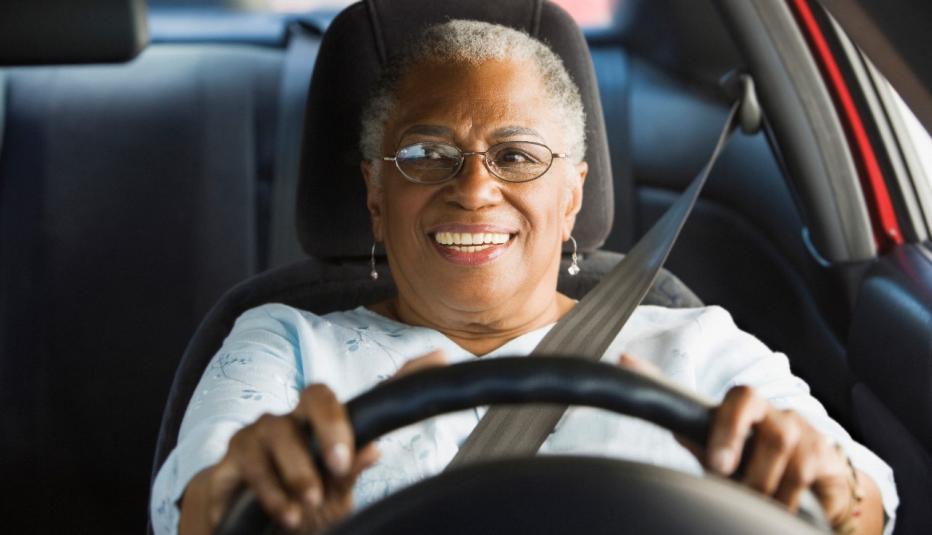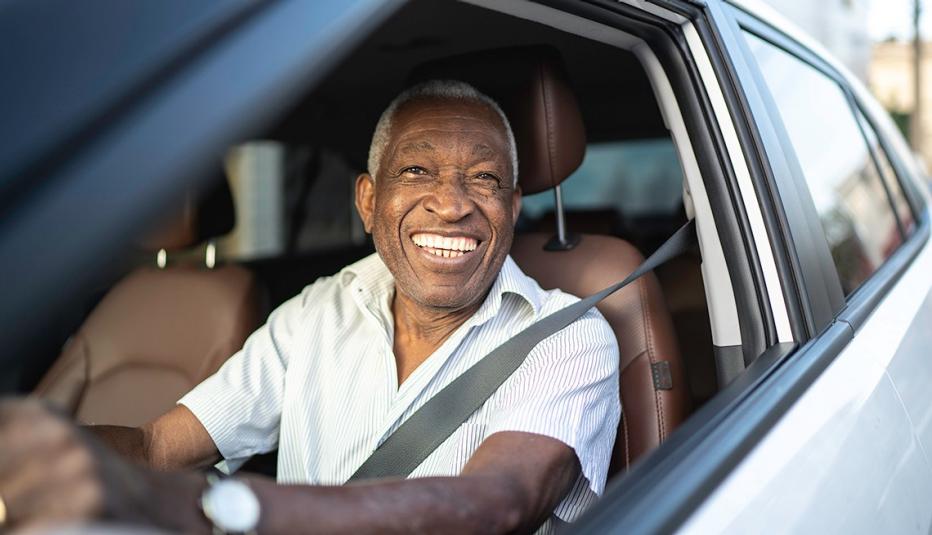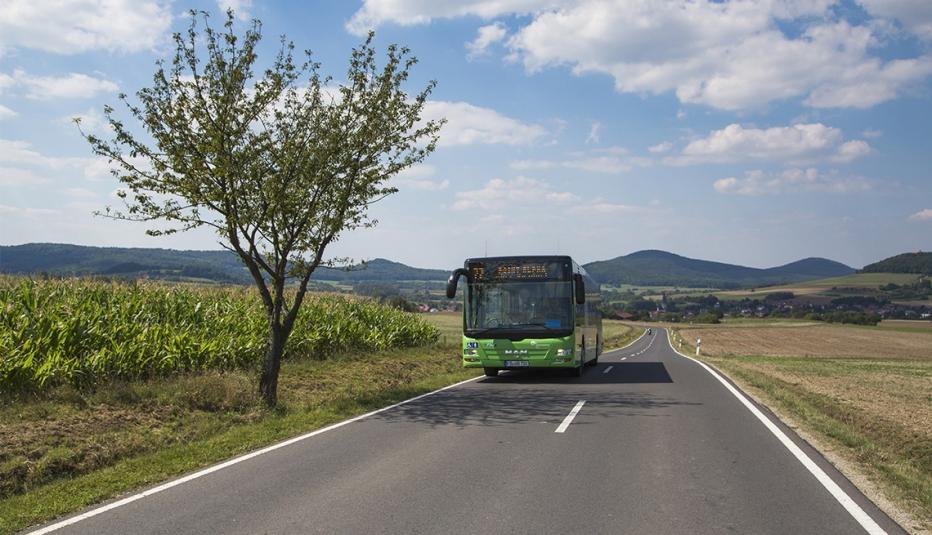AARP Hearing Center
In Vermont, AARP is working with community partners to develop a vision and plan for a more robust system to transport the public in this rural state that relies less heavily on the personal vehicle. As a resource for this project, in December 2008 AARP commissioned this study of Vermont residents, to assess their current practices for and opinions about transportation.
The survey findings validated existing data and popular assumptions, but they also pointed to new opportunities to changing perceptions and practices for transportation in Vermont. Key findings include the following:
- Nearly all residents rely on personal vehicles as their primary mode of transportation. Most residents are getting out of their homes almost daily and do not have difficulty getting where they want to go. However, older residents, those who are not working, and those with lower incomes tend to go out less frequently, and these residents more often report difficulty in getting transportation when they need it.
- Beyond their preference for driving, respondents most often use, and would be most likely to use, driving alternatives that give them the most freedom, such walking and biking. There is significantly less use of and preference for less independent driving alternatives, such as carpooling and riding buses.
- In looking at what might motivate residents to change their transportation habits, results show that Vermont residents are motivated by economic as well environmental factors. The spike in gas prices over the past year caused many residents to change their driving habits, and most say they would avoid making unnecessary car trips if the price of gas continues to rise. About three-quarters are also concerned about reducing environmental damage caused by vehicle emissions. As such, a majority of respondents believe that the state has a role in providing alternatives to driving if gas prices continue to rise and to reduce greenhouse gas emissions.
- Findings suggest that now is the time to promote driving alternatives that could save money for Vermont residents and improve the environment.
AARP commissioned Pacific Market Research to complete telephone interviews with a random sample of 800 Vermont residents ages 18 and older during December 1-14, 2008. For more information, contact Kate Bridges at 202-434-6329.
































































